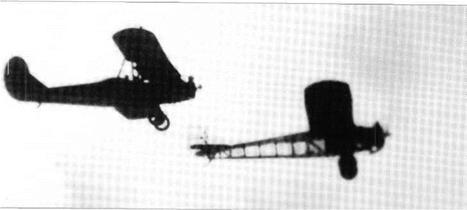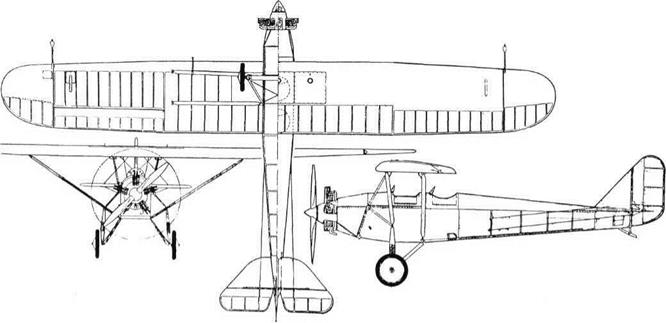Kozlov PS

Purpose: To make an invisible aeroplane. Design Bureau: Zhukovskii WA, Soviet air force academy; designer Professor Sergei Kozlov.
Professor Kozlov was eager to see to what degree it would be possible to construct a ‘transparent’ aeroplane, difficult to see (for example, by enemies on the ground). In 1933 a preliminary experiment was made with a U – 2 biplane whose rear fuselage and tail were stripped of fabric and re-covered with a transparent foil called Cellon (unrelated to the British company of that name). In 1935 the WA was assigned Yakovlev’s second AIR-4, which already had experimental status. The airframe was completely stripped of all covering and internal equipment, and reassembled as described below. Though it was called the Nevidimyi Samolyot, invisible aero
plane, it received the unexplained official designation of PS. It first flew on 25th July 1935.
The AIR-4, one of A S Yakovlev’s first designs, was a neat parasol monoplane, first flown in 1930. Powered by a 60hp Walter NZ – 60 five-cylinder radial, it had two seats in tandem. The structure was almost entirely wood, with skin of ply and fabric. The pairs of wing bracing struts were mild-steel sheet wrapped round to an aerofoil section 64 x 32mm (21/2 x l!4in). Of course, Kozlov could do nothing to hide these struts, nor the rubber-sprung divided main landing gears, or the engine, fuel tank and other parts. Virtually the whole airframe was covered in a French transparent plastic called Rodoid. This was cut from sheet, each panel being drilled and secured by aluminium rivets inserted through eyelets. As far as possible the opaque parts
were painted silver-white.
The PS was officially judged to have achieved results which had ‘a measure of importance’. Apart from the invisibility effect, the transparent skin was also held to improve the field of view of the occupants, and Kozlov did preliminary studies for a transparent reconnaissance aircraft. On a low-level flypast the PS was said to be not easily seen except by chance, though of course observers could narrow the field of search from judging the source of the aircraft’s sound. After a few weeks, however, the foil skin was of little use, partly because of progressive darkening by solar radiation and partly because of the effect of dust and oil droplets from the engine.
|
Dimensions Span |
H. lm |
36 ft 5 in |
|
Length |
6.94 m |
22 ft 9n in |
|
Wing area |
16.5m2 |
178ft2 |
|
Weights Empty (originally 394 kg) |
||
|
as PS probably about |
450 kg |
992 Ib |
|
Loaded originally |
630 kg |
l,3891b |
|
Performance Maximum speed originally (probablyslightlyreduced) |
150 km/h |
93 mph |
|
No otherhelpful data for modified aircraft. |
Left: PS accompanied by a U-2.
|











